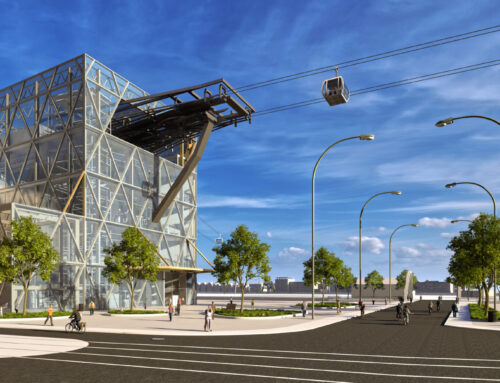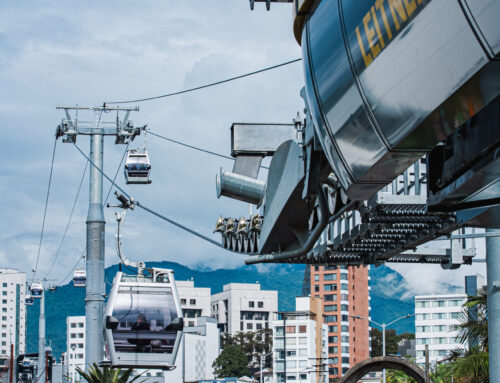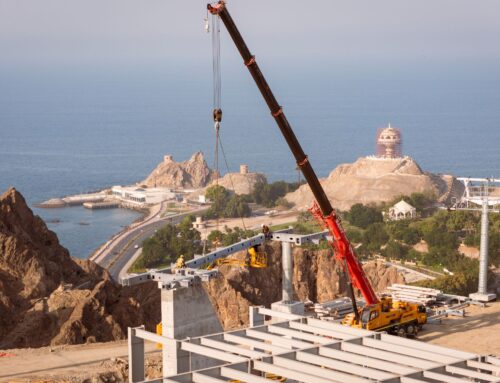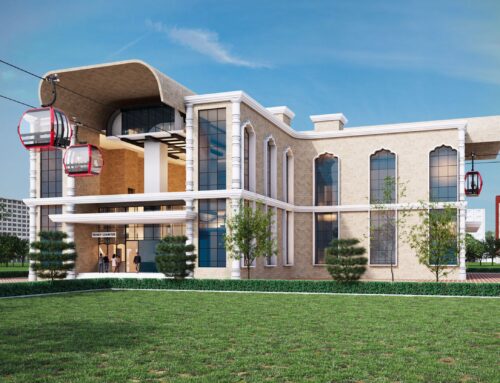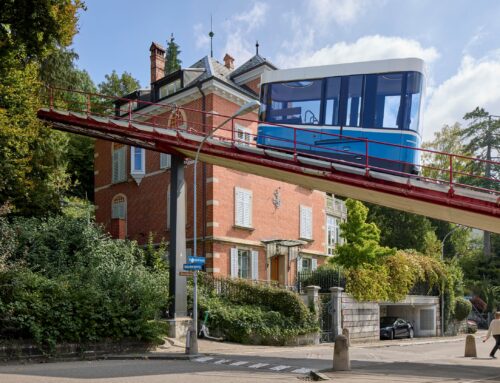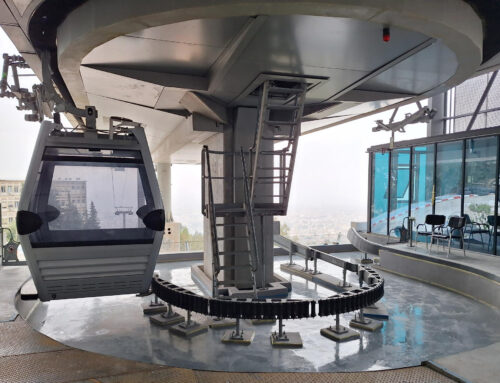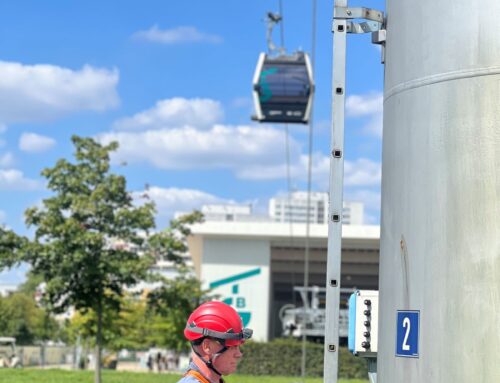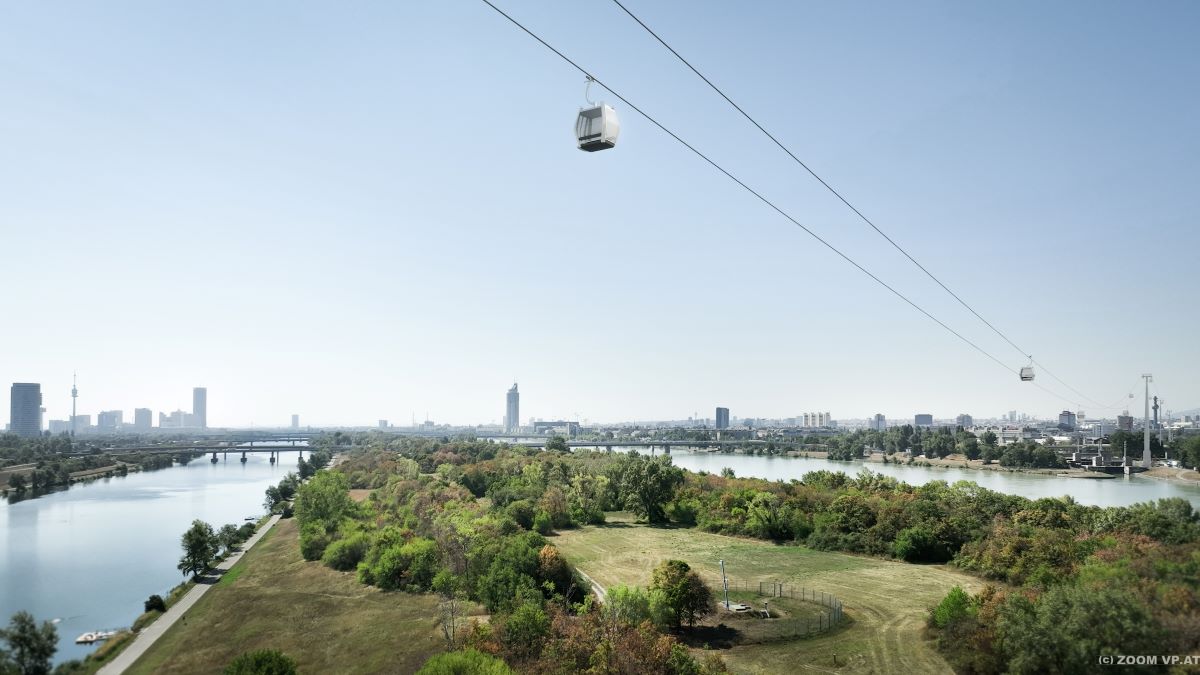
Cities, Tourism
Vienna: Cable car project struggles with bureaucracy
The cable car project on Vienna’s mountain, Kahlenberg, (Austria) has entered a new bureaucratic phase: The Administrative Court has sided with the project’s opponents regarding an assessment under the Environmental Impact Assessment Act.
Project operator Hannes Dejaco, CEO of Genial Tourism and Project Development GmbH, expressed his satisfaction with the highest court’s decision in an initial reaction:
“With today’s decision, the path forward for implementing the project has become clearer. We now have the necessary legal certainty regarding the next steps to be taken. The individual case assessment to be carried out by MA 22 will place the question of the project’s EIA obligation on a legally sound basis, so the clarifications provided today by the Administrative Court are very welcome.”
The possible route of the Kahlenberg cable car.
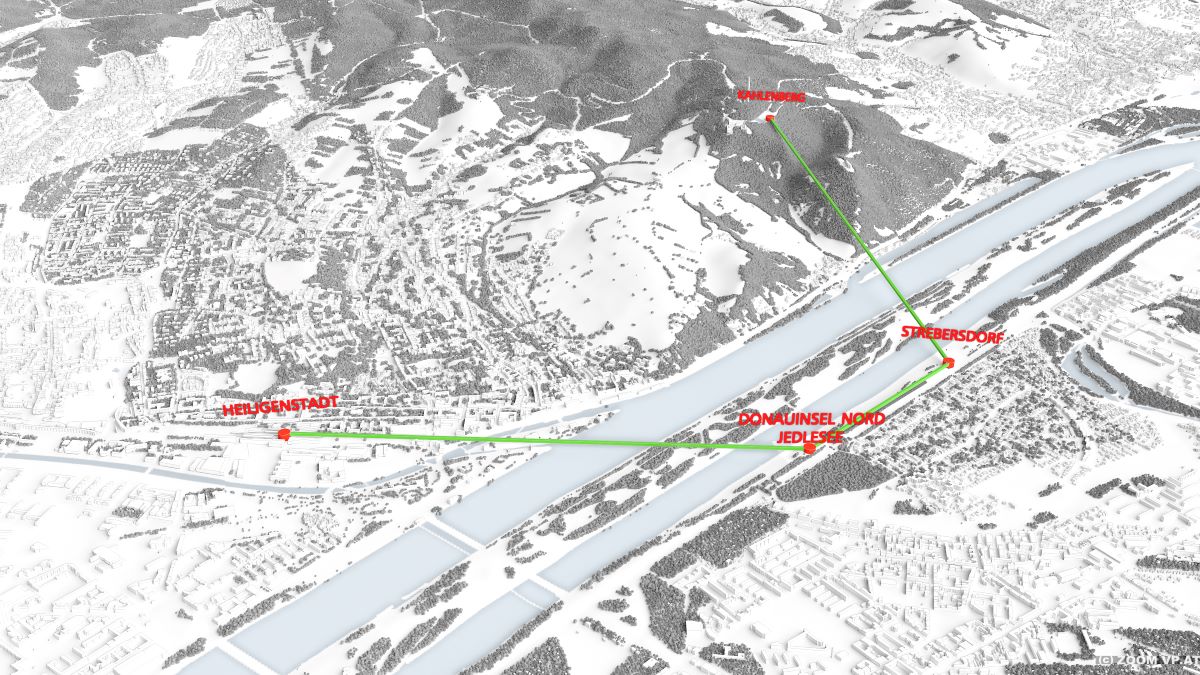
Lengthy approval process
Originally, the prevailing legal assessment was that the Kahlenberg cable car would not be subject to an Environmental Impact Assessment (EIA) requirement due to its small land footprint and the applicable EIA regulations.
However, the EIA determination procedure was initiated by an application from the former Ministry of Climate Protection, acting as the highest cable car authority, to the Vienna state government. This application was submitted in June 2023 to the responsible city office.
In May 2024, the Vienna state government subsequently determined that there would be no EIA obligation for the project – but this decision was overturned in October 2024 by the Federal Administrative Court, and the matter was referred back to the EIA authority for the issuance of a new decision.
With the new ruling delivered by the Administrative Court, the legal remedy filed against the Federal Administrative Court’s decision was dismissed. It is now definitively established that an individual case assessment must be conducted by the EIA authority to determine whether the Kahlenberg cable car is subject to an EIA obligation.
Render of the visitor center and mountain station at Kahlenberg.
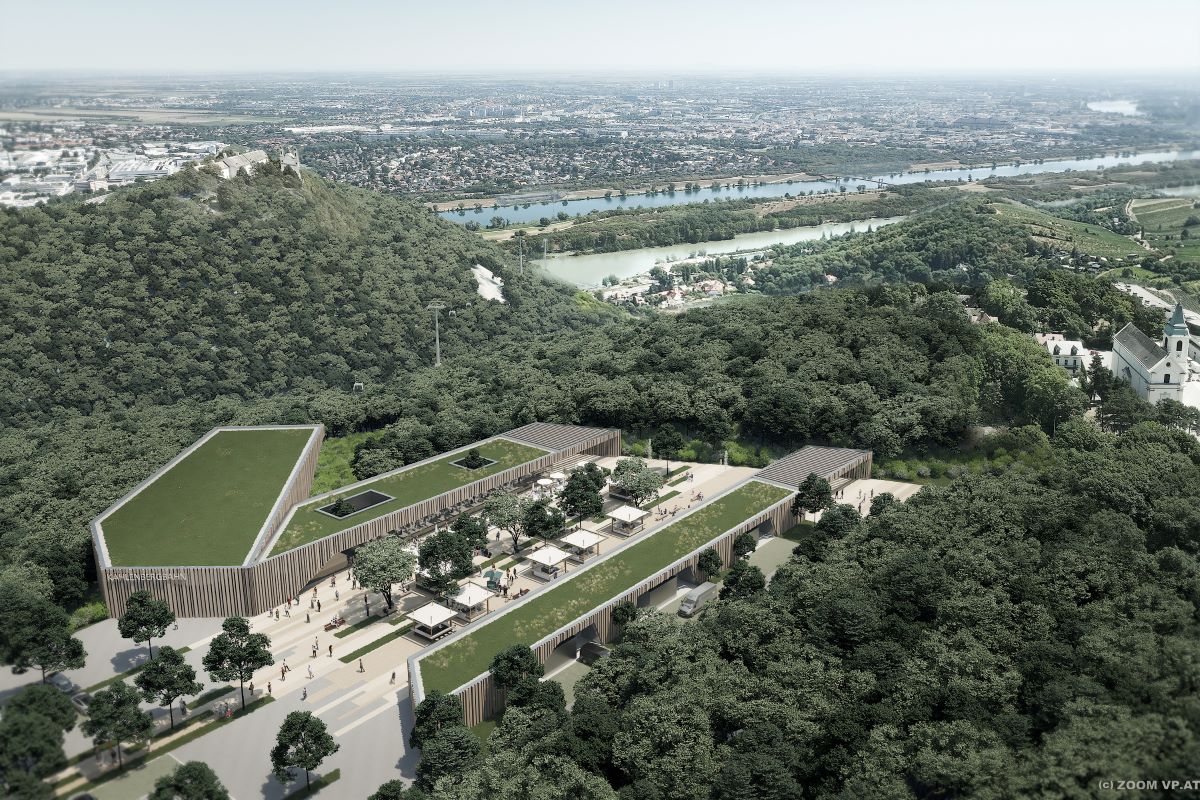
Key arguments in favor of the cable car
Here are some of the arguments put forward by the initiative group promoting the project:
- The extension of the subway to Floridsdorf through the connection of the cable car to the subway and suburban train is intended to improve the quality of life for residents of Schwarze Lackenau, Jedlesee, and Strebersdorf.
- Traffic relief for the Nordbrücke is planned through a Park & Ride and Bike & Ride station for commuters from Vienna’s 10th district.
- Relief of traffic in the Muthgasse neighborhood through a Park & Ride facility at the Strebersdorf station, directly accessible from the Stammersdorf motorway.
- Attractive access to the two recreational areas, Kahlenberg and the northern Danube Island, through a new – public, barrier-free, and CO₂-neutral – mobility option for athletes, pensioners, families, and local residents of the Muthgasse area (which has limited green space).
- Fewer cars and buses at Kahlenberg, leading to a significant reduction in CO₂ emissions. According to studies, the Kahlenberg cable car could reduce motorized individual traffic by 50 percent and bus traffic by up to 80 percent.
- Use of renewable energy through 100 percent clean electricity generated for the cable car’s operation via specially installed photovoltaic systems at the stations.
The planned investment costs for the Kahlenberg cable car amount to approximately €70 million. The construction is to be fully financed by private investors and an Austrian bank.

